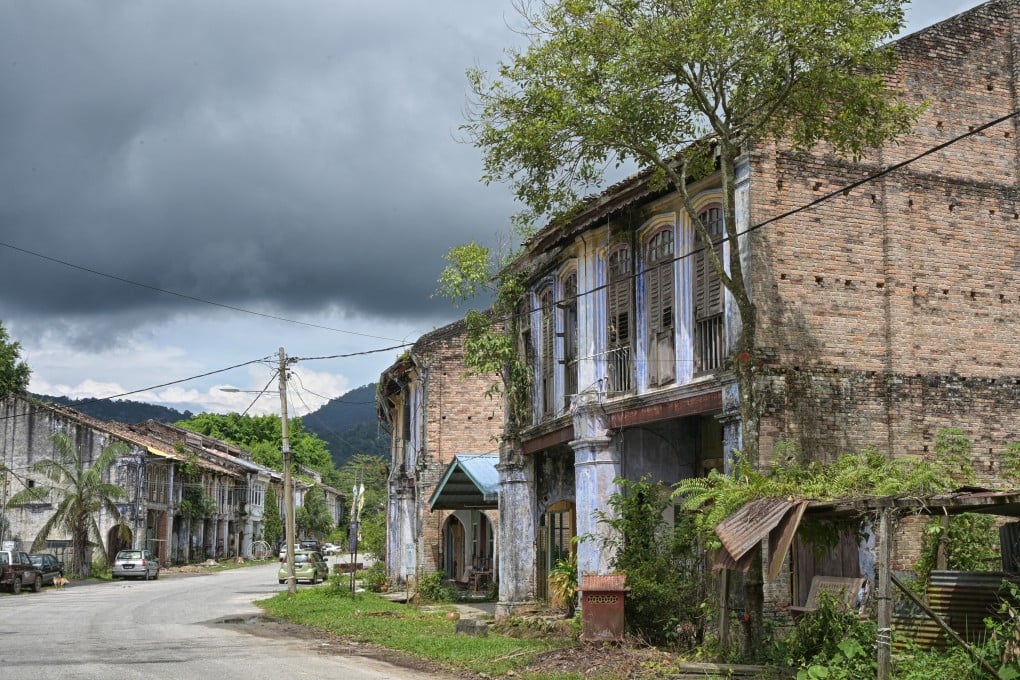Might a Malaysian ‘ghost town’ become a tourist attraction? Its elderly residents aren’t convinced
- Papan was once a busy tin mining town and has a number of heritage buildings, such as the palace of founder and former ruler, Raja Bilah, and its mosque
- But moves to renovate and restore the buildings have been met with suspicion by descendants of the tin miners still living there, who fear change

Off Malaysia’s North-South Expressway, two hours to the north of Kuala Lumpur, stands a former tin mining town that is at the centre of a half-hearted struggle between residents who would like to turn it into a tourist attraction and those who would prefer to let sleeping ghosts lie.
“But calling Papan a ghost town is incorrect,” says Philippe Durant, a Belgian photographer who lives in nearby Ipoh and who has dedicated years of his life to photographing and spreading the word about this unique spot. “It is not a ghost town because there are still people living here,” he says.
Papan (which means “plank” in Bahasa Malaysia) was established as a timber outpost in the early 19th century by Mandailing people from Indonesia. Mining took centre stage when large tin deposits were discovered in the 1850s and Chinese migrant workers began flocking to Perak state. The development of Papan’s mines began in 1877 and the town became the hub and administrative centre for tin mining activities in the Kinta Valley.

By the turn of the century, Papan had 146 houses. Black-and-white photos from the 1910s show a bustling town, horse-drawn carriages weaving their way through the crowds and around vendors. Then, there were 13 working mines in the area and more than 2,400 people living in Papan. But the collapse of mining following the drop in tin prices in 1985 led to a mass exodus.
